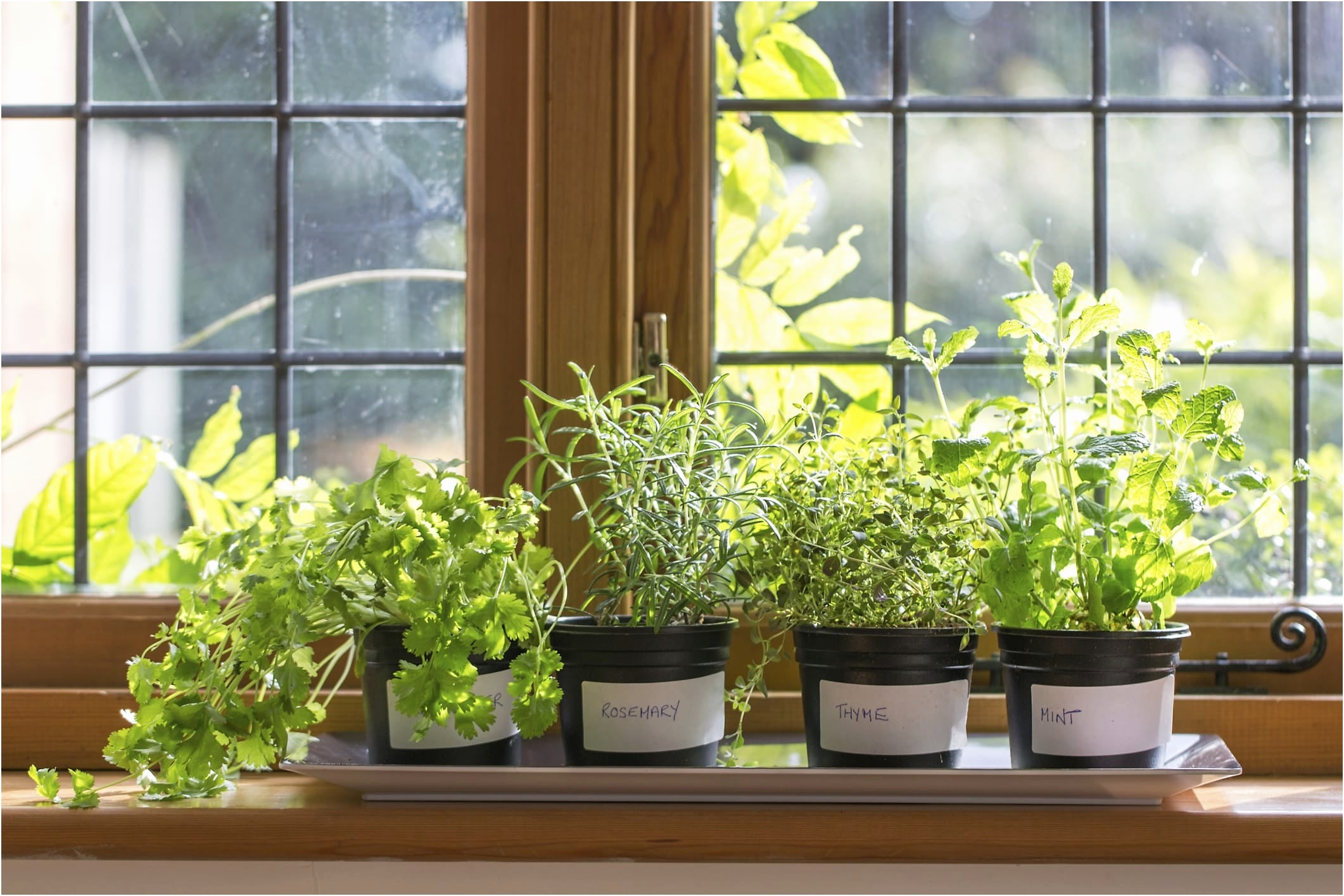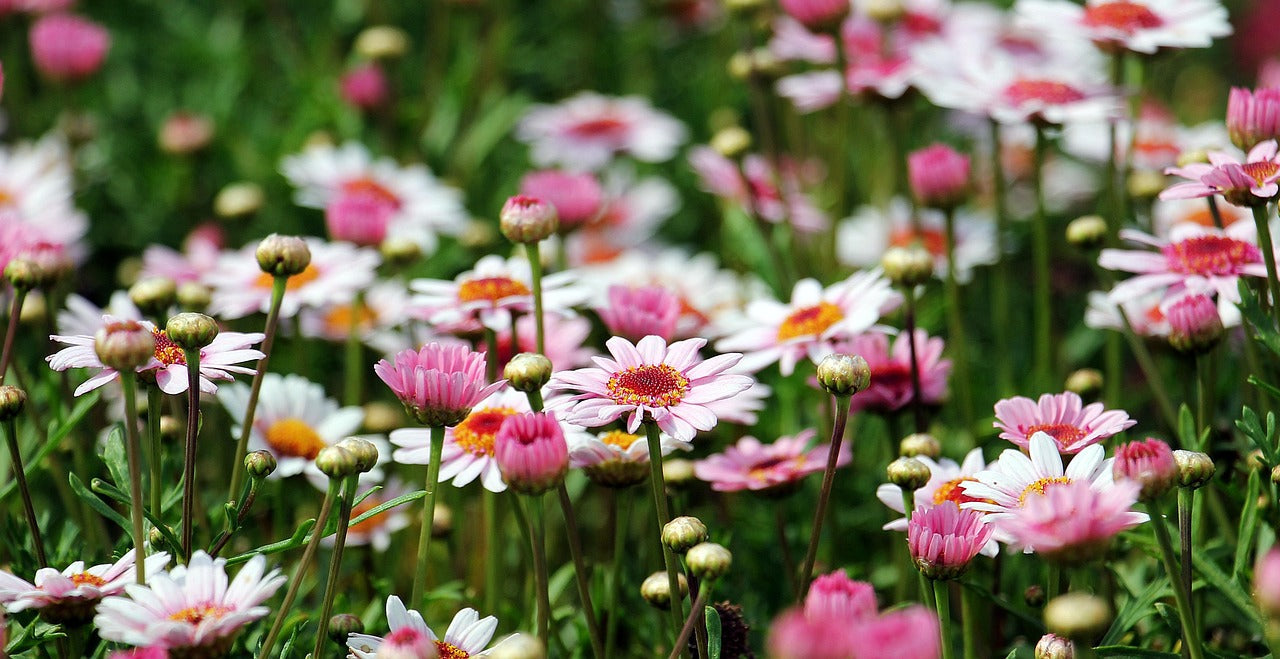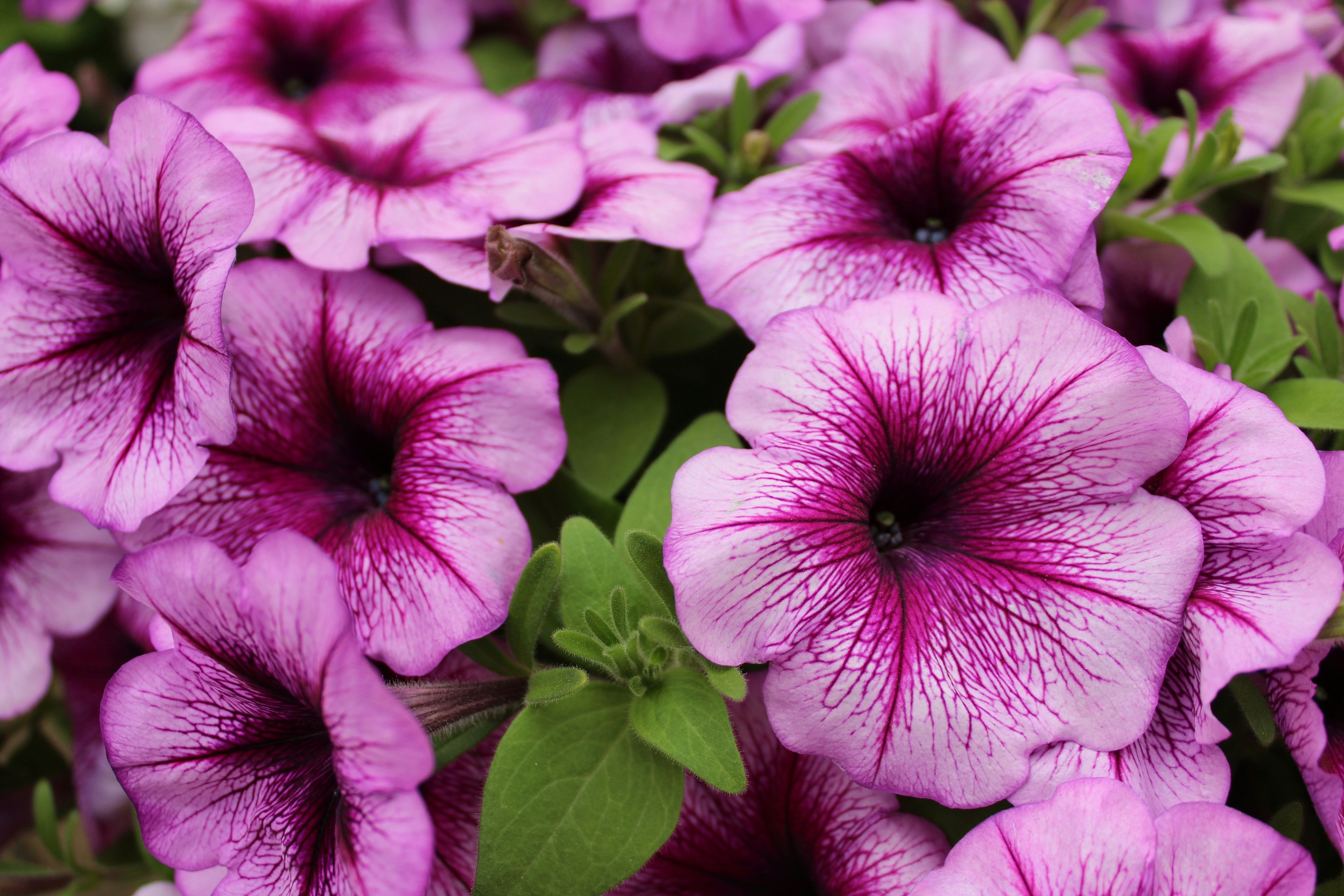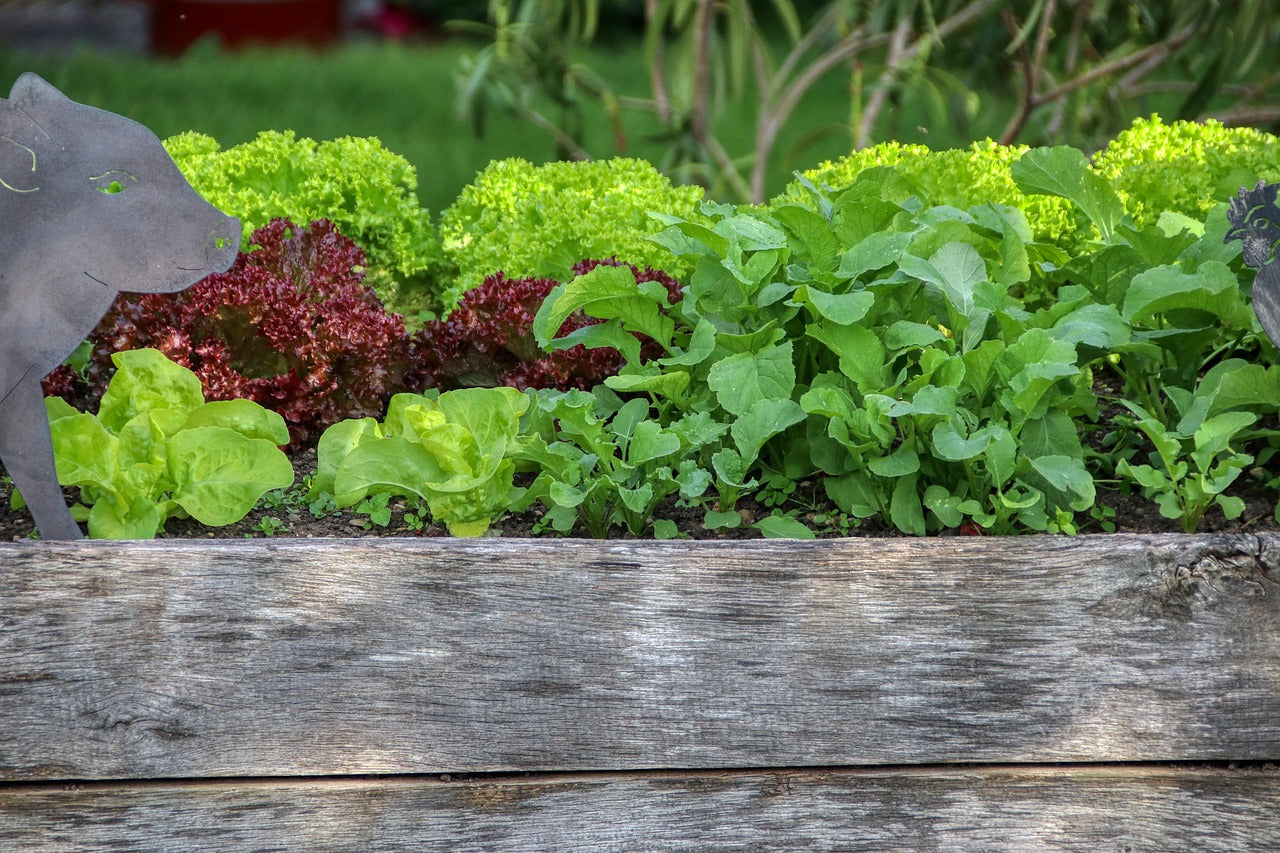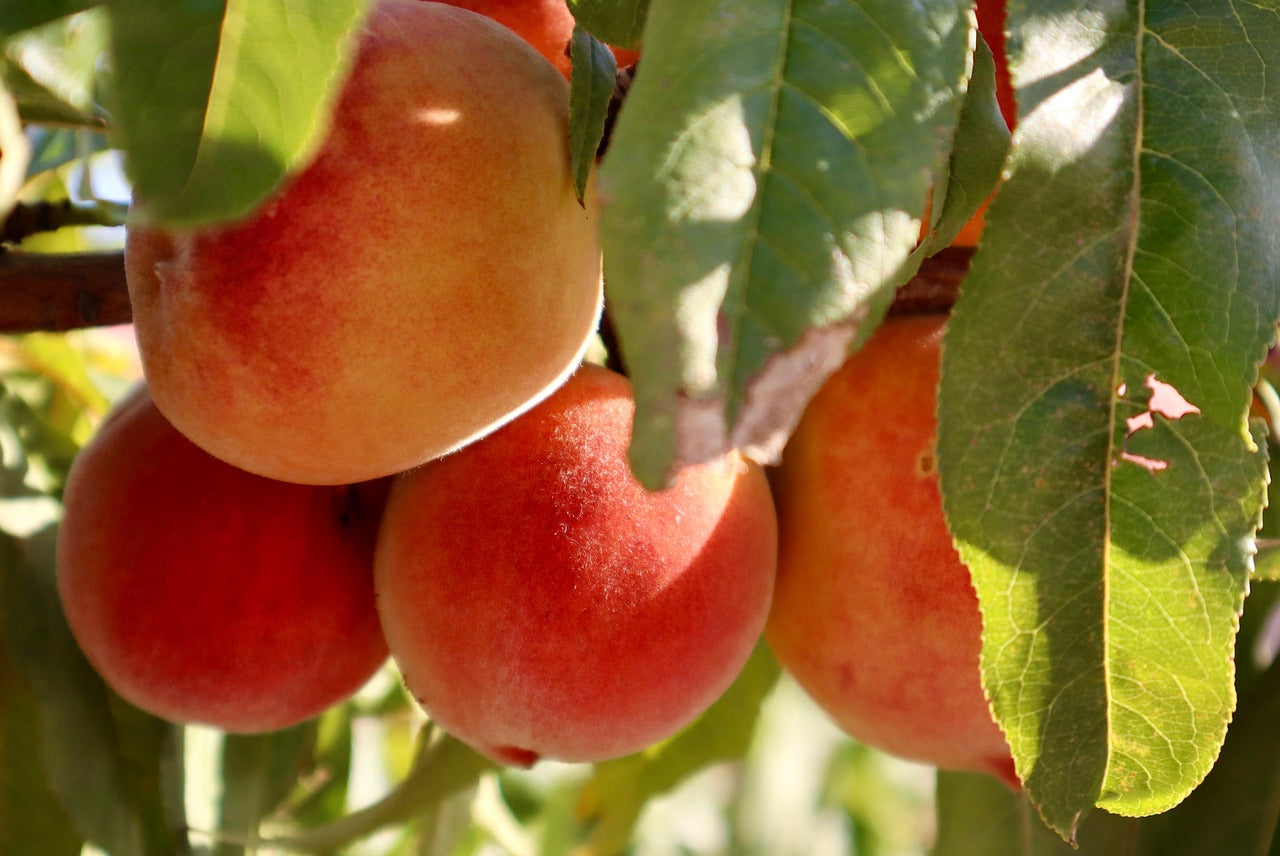Preserve the taste of summer by freezing and/or drying a few of our favourite herbs! See our top preserving herbs tips below:
Freeze It
Basil

Image Source: Sustainable Cooks
Basil, with its spicy scent, is the flavour of summer! But just because summer’s over, doesn’t mean you can’t enjoy basil during the colder months. Use up your basil haul by turning it into pesto. You can freeze this pesto and then defrost and serve stirred through pasta, roast veges, salads and more.
Basil Pesto
To make the pesto, combine basil, garlic, pine nuts and Parmesan in a bowl or food processor. With the motor running, add olive oil in a slow stream until emulsified; season with salt and pepper to taste. Store in an airtight container in the freezer for up to 3 months (if you can resist it that long)!
Coriander
Another great way to enjoy summer flavours in winter, freeze coriander in ice cube trays.
Coriander is a herb staple in many dishes so add your coriander ice cube to Asian and Indian cooking. They also go down a treat in soups, stews and casseroles.
To make the coriander ice cubes pour 1/3 (80ml) of olive oil per cup (50g) of chopped coriander. If you want a more intense flavour, increase the coriander to 2 cups (100g). You can use softened butter instead of oil and use different herbs too, try basil, thyme, rosemary, sage and more.
Dry It
Sage

Sage leaves can be dried and stored for as long as a year. Drying herb leaves often reduces flavour but this is not the case with sage, in fact it becomes more flavourful with drying! Sage belongs to the mint family and has a strong taste that is used worldwide in cooking, but especially with fatty meats like pork, goose and duck. Plus, both the leaves and flowers are edible! Some of the most common sage varieties include green, variegated, purple and pineapple.
Harvest sage leaves and flowers on a sunny day during flowering to maximise flavour. Wash and dry well, then tie a bunch together in a brown paper bag that you have made small holes in (for ventilation) with a fork or sharp scissors. Hang by the stems in a dry area of your home. Once they are fully dried, rub the leaves together and place them into an airtight container.
Tip: dry sage on its own as it will flavour everything else in the same bag. Hang the bag out of the sun but in a low-humidity area e.g. the garage.

